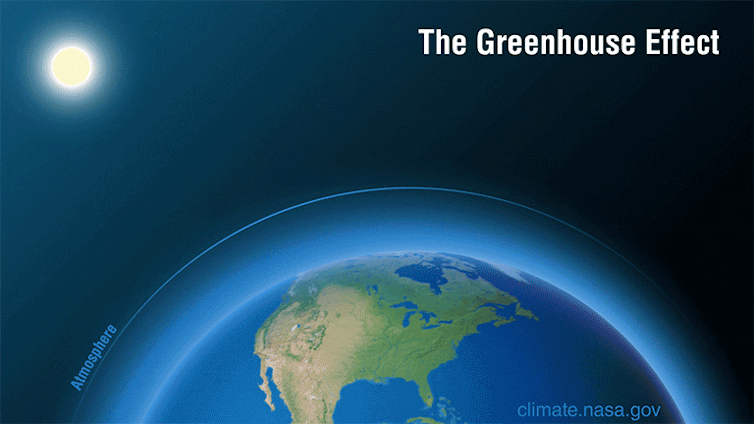How our complex relationship with heat inhibits climate action – The Weather Network
How our complex relationship with heat inhibits climate action The Weather Network


Published on Aug. 21, 2023, 3:22 PM
The heat is preferred by many, and such preferences have hampered effective climate change communications.
The comfort, and dangers, of heat
Humans are a species borne of the heat, as hot and dry temperatures played a key role in our evolution, and many of us in Canada seemingly prefer to be in warm places.
We as a species have known for decades that the carbon-fuelled actions of some nations meant that devastating heat and related extreme weather events were coming.
And yet, most of us did nothing.
The summer of 2023’s unprecedented forest fires, floods and rising ocean temperatures are the consequences of collective inaction and while there are many reasons for these failures to act, humanity’s complex relationship with heat is arguably a critical one.
At a fundamental level, heat is what allows for humans and the Earth’s biological diversity to exist.
A stable core body temperature facilitates human survival and the greenhouse effect facilitates all life on Earth. However, while heat may be essential to life, and desirable to many, too much heat is devastating.
One way to articulate this complex balance has been to use the metaphor of a fever. If a human’s body temperature increases even a couple of degrees, then an illness is likely occurring. If a person’s core body temperature increases only three to four degrees celsius it can be fatal. Likewise, a rise in planetary temperatures above just 1.5 C could be equally fatal.
An animated overview of the basic principles of the greenhouse effect. While the term greenhouse effect may be useful in some cases, it is generally inaccurate when referring to anthropogenic climate change.
(NASA-JPL/Caltech)

A seemingly easy to understand threshold. However, in practice, communicating a 1.5 C tipping point has been extremely challenging. Humans generally struggle with disentangling short-term daily temperatures from a long-term climatic shift and as a result fluctuations in temperature have been easily misunderstood. And confusion over these questions
SDGs, Targets, and Indicators
-
SDG 13: Climate Action
- Target 13.1: Strengthen resilience and adaptive capacity to climate-related hazards and natural disasters
- Target 13.2: Integrate climate change measures into national policies, strategies, and planning
- Target 13.3: Improve education, awareness-raising, and human and institutional capacity on climate change mitigation, adaptation, impact reduction, and early warning
- Target 13.5: Take urgent action to combat climate change and its impacts
The article discusses the consequences of collective inaction on climate change, such as unprecedented forest fires, floods, and rising ocean temperatures. These issues are directly related to the targets under SDG 13, which aims to address climate change and its impacts.
-
SDG 3: Good Health and Well-being
- Target 3.9: By 2030, substantially reduce the number of deaths and illnesses from hazardous chemicals and air, water, and soil pollution and contamination
The article mentions the increasing number of heat-related deaths and the exacerbation of heat by raging fires and extreme ocean temperatures. These issues are relevant to the target under SDG 3, which aims to reduce deaths and illnesses caused by pollution and contamination.
| SDGs | Targets | Indicators |
|---|---|---|
| SDG 13: Climate Action | Target 13.1: Strengthen resilience and adaptive capacity to climate-related hazards and natural disasters | N/A |
| Target 13.2: Integrate climate change measures into national policies, strategies, and planning | N/A | |
| Target 13.3: Improve education, awareness-raising, and human and institutional capacity on climate change mitigation, adaptation, impact reduction, and early warning | N/A | |
| Target 13.5: Take urgent action to combat climate change and its impacts | N/A | |
| SDG 3: Good Health and Well-being | Target 3.9: By 2030, substantially reduce the number of deaths and illnesses from hazardous chemicals and air, water, and soil pollution and contamination | N/A |
Behold! This splendid article springs forth from the wellspring of knowledge, shaped by a wondrous proprietary AI technology that delved into a vast ocean of data, illuminating the path towards the Sustainable Development Goals. Remember that all rights are reserved by SDG Investors LLC, empowering us to champion progress together.
Source: theweathernetwork.com

Join us, as fellow seekers of change, on a transformative journey at https://sdgtalks.ai/welcome, where you can become a member and actively contribute to shaping a brighter future.







